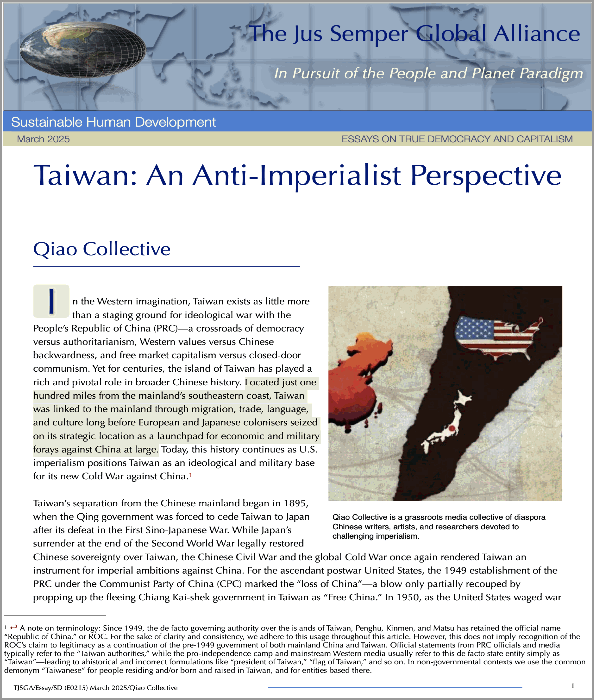The Political Economy of U.S. Systemic Militarism
James M. Cypher
After what seems a couple of decades of near quietude, Dwight Eisenhower’s bête noire, the military-industrial complex, is again fashionable. We see it in the 2021 outpouring of articles and books, a (now rare) U.S. Senate hearing, and even an extended encyclopaedia entry. A more accurate and meaningful term, which could lead the inquisitive to the structural roots of U.S. militarism, would be the industrial-military-congressional complex. Nonetheless, it must come as some relief to those who leverage the Pentagon, and did so with the better-named U.S. Department of War (1789–1947), that the focus is on the military in the first instance and not on the industrial interests that usually determine (or steer) the larger dynamics of procurement, geostrategic diplomacy, and military strategy. An adequate encapsulation is the iron triangle, with (1) military contractor corporations forming one side (the base) of the equilateral triangle; (2) the military forces, intelligence agencies, expedition-ready National Guard units, mercenary private security companies, and veteran organisations forming another side; and (3) the civilian national security state (headed by the chief executive, the secretary of state, the National Security Council, congressional members of key arms and security committees, NASA, and military-/contractor-funded but seemingly independent Washington DC think tanks) on the remaining side. The complex interdependent dynamics of the iron triangle take form as strategy, political-economy factors, and international affairs shift and drift—with constant, but varying, pressure (particularly from its base and both sides) to expand the resources it commands. For a full read of this brief, click here or on the picture to download the pdf file. |







